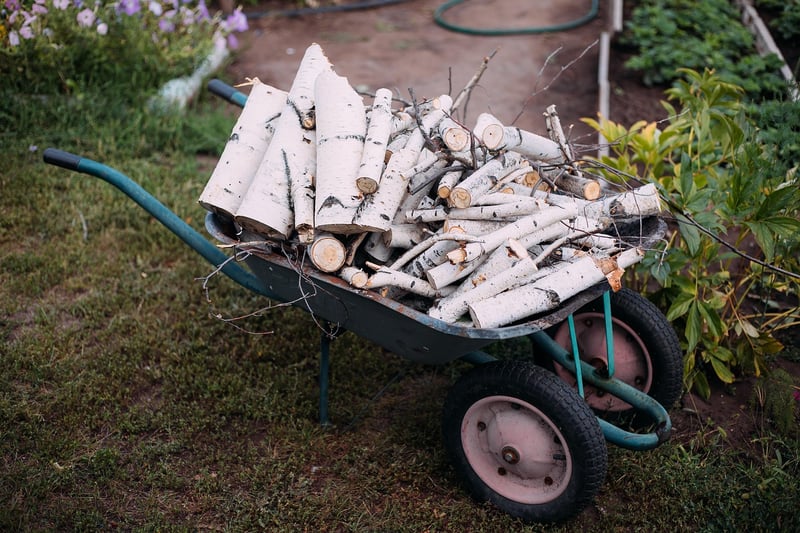Collaborative Gardens
Engaging with Others in Urban Gardening + Collaborative Gardens
The Rise of Urban Gardening
Urban gardening has become a popular trend in recent years as more city dwellers seek to connect with nature, grow their own food, and create green spaces in urban environments. With limited access to land, urban gardening provides a solution for those looking to engage in gardening activities without the need for a traditional backyard.
Benefits of Urban Gardening
- Improves air quality and reduces pollution
- Promotes biodiversity and supports local wildlife
- Provides access to fresh, organic produce
- Creates a sense of community and fosters social connections
- Enhances mental well-being and reduces stress
Collaborative Gardens: A Community Effort
Collaborative gardens, also known as community gardens, are shared spaces where individuals come together to cultivate plants, share knowledge, and build a sense of community. These gardens can be found in parks, schools, or even on rooftops, providing a space for people to connect with each other and with nature.
Getting Involved
If you're interested in urban gardening and collaborative gardens, here are a few ways to get involved:
- Join a local community garden or start one in your neighborhood
- Attend gardening workshops and events to learn new skills
- Volunteer at a botanical garden or urban farm
- Connect with other gardeners through online forums and social media groups
Conclusion
Urban gardening and collaborative gardens offer a unique opportunity to engage with others, promote sustainability, and create beautiful green spaces in urban areas. By participating in these activities, you can not only improve the environment but also foster a sense of community and connection with like-minded individuals.


